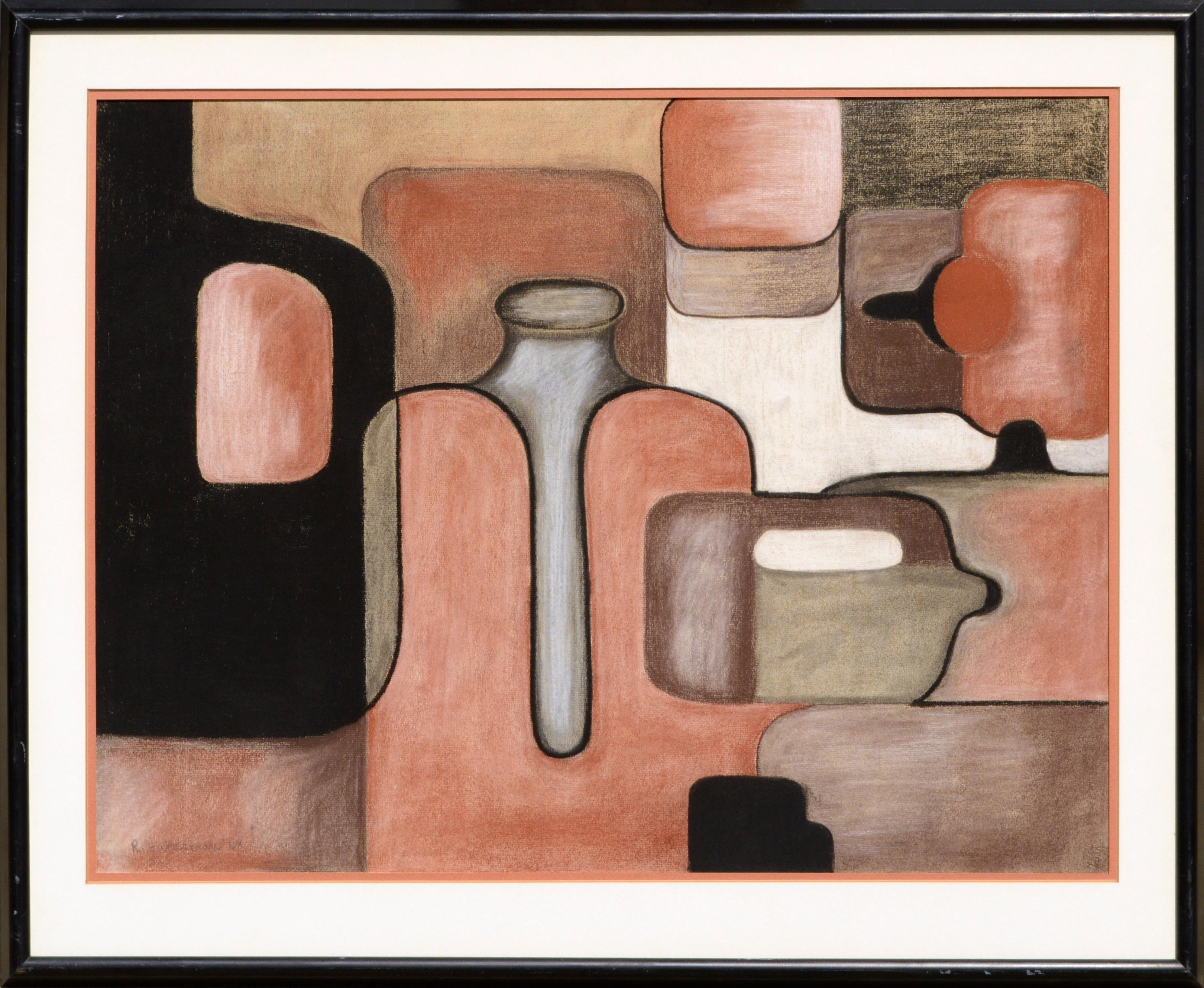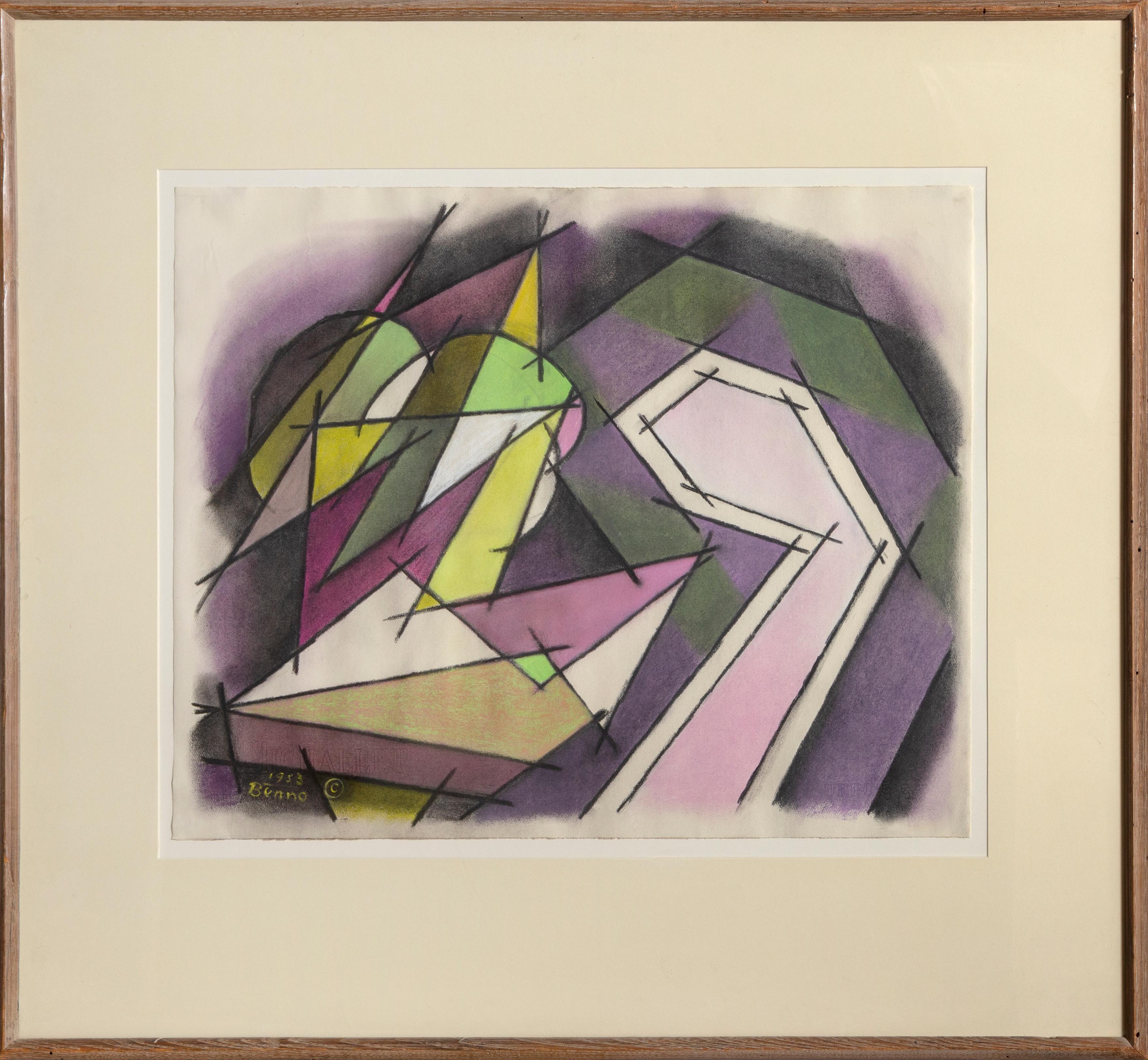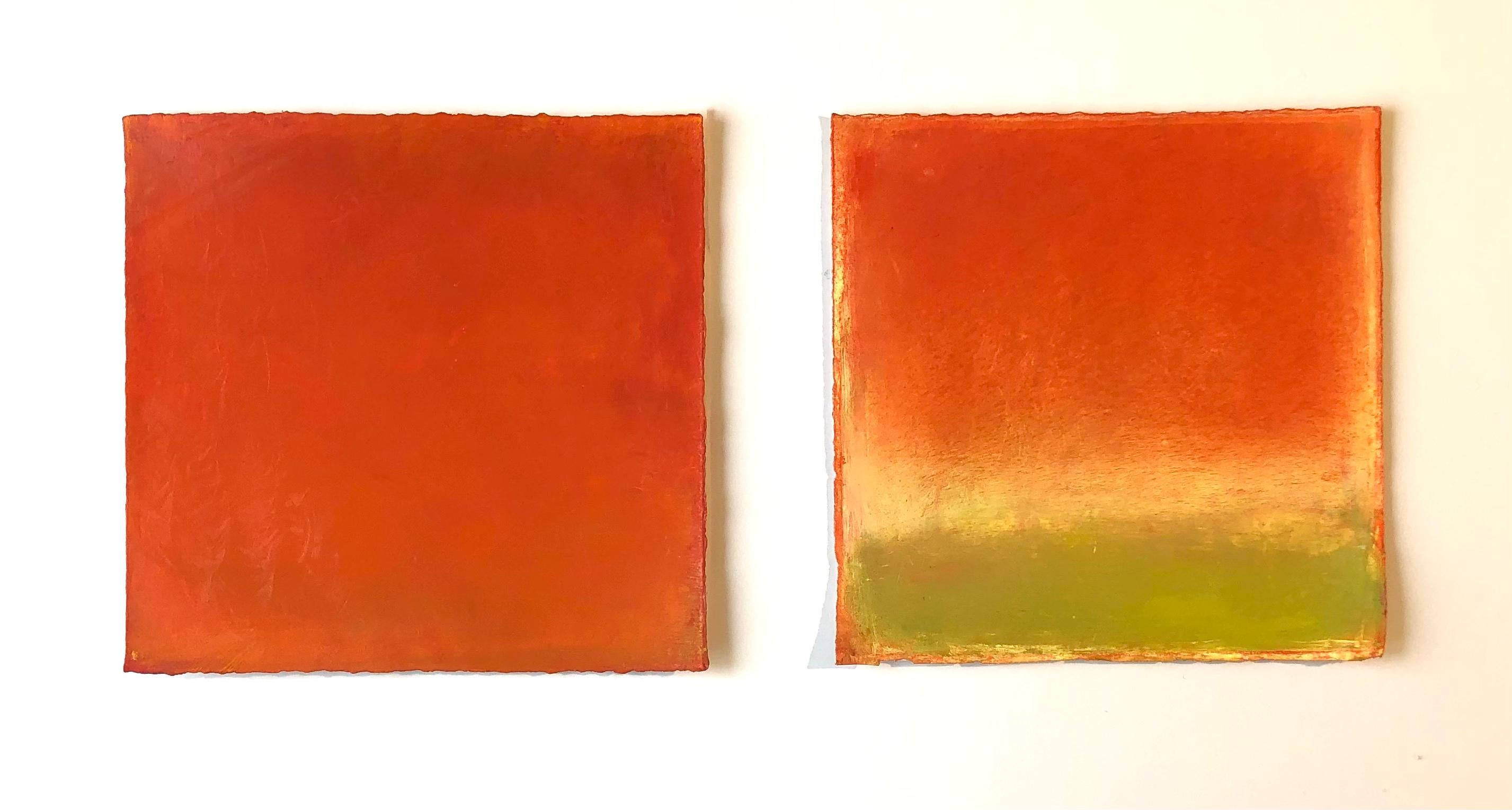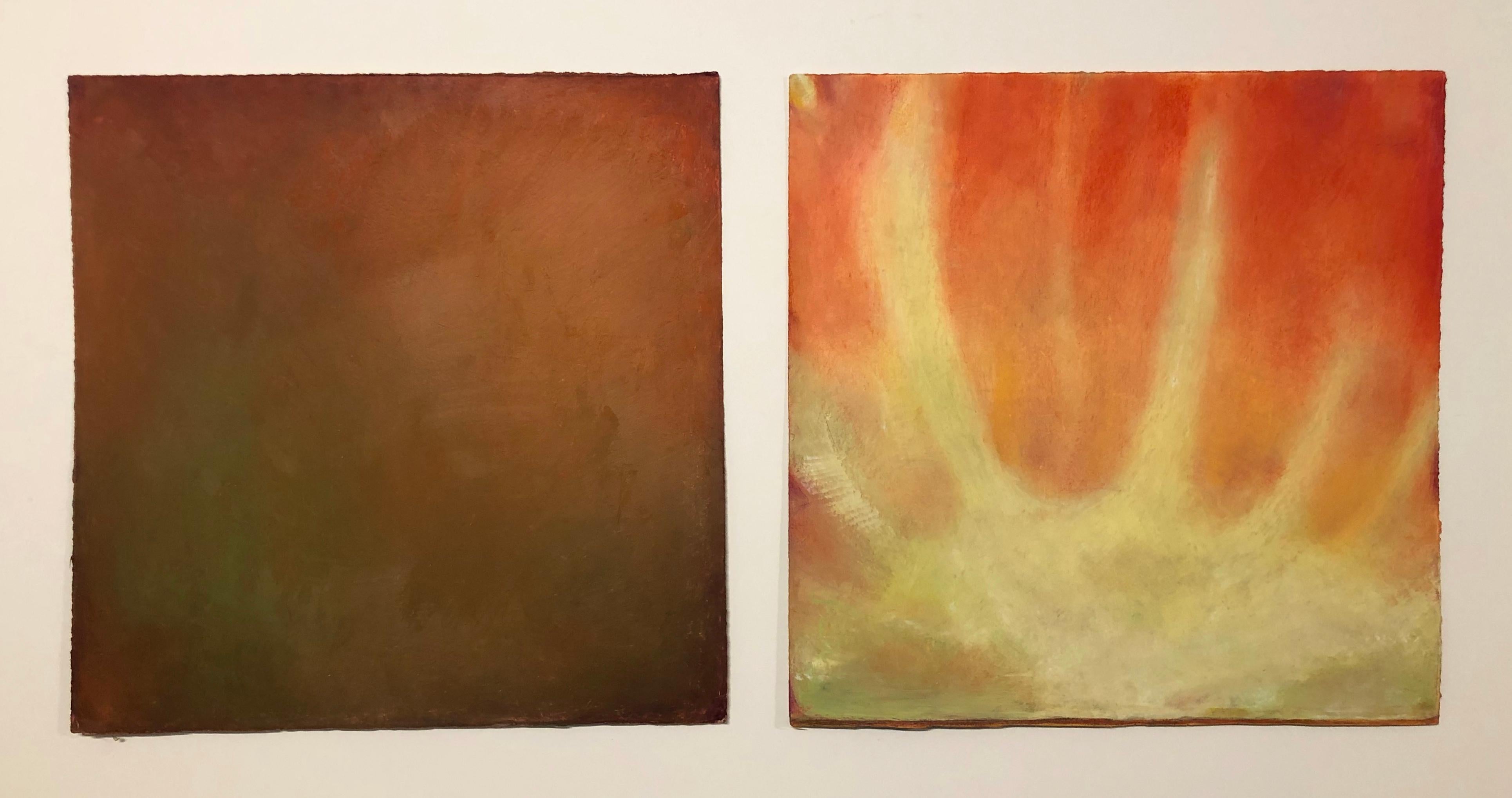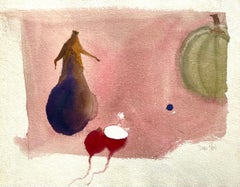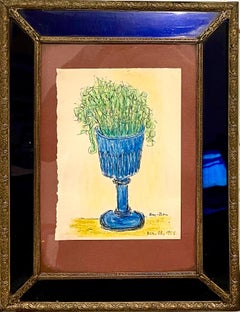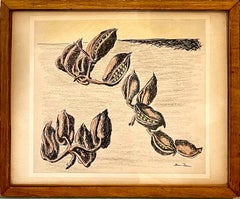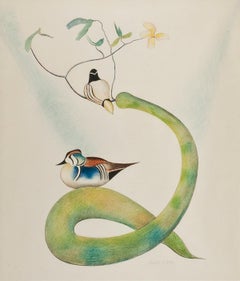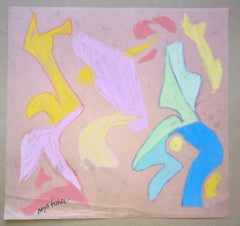
Abstract Figures Pastel Drawing Los Angeles Woman Modernist Anya Fisher
View Similar Items
Want more images or videos?
Request additional images or videos from the seller
1 of 11
Anya FisherAbstract Figures Pastel Drawing Los Angeles Woman Modernist Anya Fisher
About the Item
- Creator:Anya Fisher (1905 - 1992, Russian)
- Dimensions:Height: 11.5 in (29.21 cm)Width: 12 in (30.48 cm)
- Medium:
- Movement & Style:
- Period:
- Condition:minor wear. wrinkling to paper.
- Gallery Location:Surfside, FL
- Reference Number:1stDibs: LU3823820942
About the Seller
4.9
Platinum Seller
These expertly vetted sellers are 1stDibs' most experienced sellers and are rated highest by our customers.
Established in 1995
1stDibs seller since 2014
1,550 sales on 1stDibs
Typical response time: 1 hour
More From This SellerView All
- Watercolor Still life Painting Vegetables Claus Hoien Greengrocer Kitchen SeriesLocated in Surfside, FLDelicate watercolor of vegetables. Japanese eggplant and radishes and a squash gourd. Framed 18 X 20 image is 11 X 13.5 Claus Hoie was a Norwegian-American...Category
20th Century American Modern Still-life Drawings and Watercolors
MaterialsWatercolor
- Expressionist Color Drawing Cobalt Glass Vintage Frame Modernist Ben Zion WPABy Ben-Zion WeinmanLocated in Surfside, FLExpressionist ink and pastel crayon drawing of flowers in vase. Framed in a vintage cobalt blue glass original frame Hand signed and dated Framed it measures 13.5 X 10.5 The actual paper is 7.5 X 5.5 Born in 1897, Ben-Zion Weinman celebrated his European Jewish heritage in his visual works as a sculptor, painter, and printmaker. Influenced by Spinoza, Knut Hamsun, and Wladyslaw Reymont, as well as Hebrew literature, Ben-Zion wrote poetry and essays that, like his visual work, attempt to reveal the deep “connection between man and the divine, and between man and earth.” An emigrant from the Ukraine, he came to the US in 1920. He wrote fairy tales and poems in Hebrew under the name Benzion Weinman, but when he began painting he dropped his last name and hyphenated his first, saying an artist needed only one name. Ben-Zion was a founding member of “The Ten: An Independent Group” The Ten” a 1930’s avant-garde group, Painted on anything handy. Ben-Zion often used cabinet doors (panels) in his work. Other members of group included Ilya Bolotowsky, Lee Gatch, Adolph Gottlieb, Louis Harris, Yankel Kufeld, Marcus Rothkowitz (later known as Mark Rothko), Louis Schanker, and Joseph Solman. The Art of “The Ten” was generally described as expressionist, as this style offered the best link between modernism and social art. Their exhibition at the Mercury Gallery in New York held at the same time as the Whitney Annual Exhibition of Contemporary American Painting, included a manifesto concentrating on aesthetic questions and criticisms of the conservative definition of modern art imposed by the Whitney. Ben-Zion’s work was quickly noticed. The New York Sun said he painted “furiously” and called him “the farthest along of the lot.” And the triptych, “The Glory of War,” was described by Art News as “resounding.” By 1939, The Ten disbanded because most of the members found individual galleries to represent their work. Ben-Zion had his first one-man show at the Artist’s Gallery in Greenwich Village and J.B. Neumann, the highly esteemed European art dealer who introduced Paul Klee, (among others) to America, purchased several of Ben-Zion’s drawings. Curt Valentin, another well-known dealer, exhibited groups of his drawings and undertook the printing of four portfolios of etchings, each composed of Ben-Zion’s biblical themes. He worked as a WPA artist. Ben-Zion’s work is represented in many museums throughout the country including the Metropolitan, the Whitney, and the Museum of Modern Art in New York, the Art Institute of Chicago, the Philadelphia Museum of Art and the Phillips Collection, Washington. The Jewish Museum in New York opened in 1948 with a Ben-Zion exhibition. Ben-Zion consistently threaded certain subject matter—nature, still life, the human figure, the Hebrew Bible, and the Jewish people—into his work throughout his life. "In all his work a profound human feeling remains. Sea and sky, even sheaves of wheat acquire a monolithic beauty and simplicity which delineates the transient as a reflection of the eternal. This sensitive inter- mingling of the physical and metaphysical is one of the most enduring features of Ben-Zion's works." (Excerpt from Stephen Kayser, “Biblical Paintings,” The Jewish Museum Catalogue, 1952). Mystical Imprints: Marc Chagall, Ben-Zion, and Ben Shahn presents the print work of three prominent 20th century Jewish artists born in the Russian Empire. Among these seventy pieces are etchings and lithographs from Chagall’s Bible series...Category
1950s Expressionist Still-life Drawings and Watercolors
MaterialsPaper, Oil Crayon, Pastel, Ink
- Expressionist Ink, Pastel, Crayon Drawing Jewish American Modernist Ben Zion WPABy Ben-Zion WeinmanLocated in Surfside, FLExpressionist ink and pastel crayon drawing of beans (carobs, flowers?) in pods Hand signed. Born in 1897, Ben-Zion Weinman celebrated his European Jewish heritage in his visual works as a sculptor, painter, and printmaker. Influenced by Spinoza, Knut Hamsun, and Wladyslaw Reymont, as well as Hebrew literature, Ben-Zion wrote poetry and essays that, like his visual work, attempt to reveal the deep “connection between man and the divine, and between man and earth.” An emigrant from the Ukraine, he came to the US in 1920. He wrote fairy tales and poems in Hebrew under the name Benzion Weinman, but when he began painting he dropped his last name and hyphenated his first, saying an artist needed only one name. Ben-Zion was a founding member of “The Ten: An Independent Group” The Ten” a 1930’s avant-garde group, Painted on anything handy. Ben-Zion often used cabinet doors (panels) in his work. Other members of group included Ilya Bolotowsky, Lee Gatch, Adolph Gottlieb, Louis Harris, Yankel Kufeld, Marcus Rothkowitz (later known as Mark Rothko), Louis Schanker, and Joseph Solman. The Art of “The Ten” was generally described as expressionist, as this style offered the best link between modernism and social art. Their exhibition at the Mercury Gallery in New York held at the same time as the Whitney Annual Exhibition of Contemporary American Painting, included a manifesto concentrating on aesthetic questions and criticisms of the conservative definition of modern art imposed by the Whitney. Ben-Zion’s work was quickly noticed. The New York Sun said he painted “furiously” and called him “the farthest along of the lot.” And the triptych, “The Glory of War,” was described by Art News as “resounding.” By 1939, The Ten disbanded because most of the members found individual galleries to represent their work. Ben-Zion had his first one-man show at the Artist’s Gallery in Greenwich Village and J.B. Neumann, the highly esteemed European art dealer who introduced Paul Klee, (among others) to America, purchased several of Ben-Zion’s drawings. Curt Valentin, another well-known dealer, exhibited groups of his drawings and undertook the printing of four portfolios of etchings, each composed of Ben-Zion’s biblical themes. He worked as a WPA artist. Ben-Zion’s work is represented in many museums throughout the country including the Metropolitan, the Whitney, and the Museum of Modern Art in New York, the Art Institute of Chicago, the Philadelphia Museum of Art and the Phillips Collection, Washington. The Jewish Museum in New York opened in 1948 with a Ben-Zion exhibition. Ben-Zion consistently threaded certain subject matter—nature, still life, the human figure, the Hebrew Bible, and the Jewish people—into his work throughout his life. "In all his work a profound human feeling remains. Sea and sky, even sheaves of wheat acquire a monolithic beauty and simplicity which delineates the transient as a reflection of the eternal. This sensitive inter- mingling of the physical and metaphysical is one of the most enduring features of Ben-Zion's works." (Excerpt from Stephen Kayser, “Biblical Paintings,” The Jewish Museum Catalogue, 1952). Mystical Imprints: Marc Chagall, Ben-Zion, and Ben Shahn presents the print work of three prominent 20th century Jewish artists born in the Russian Empire. Among these seventy pieces are etchings and lithographs from Chagall’s Bible series...Category
Mid-20th Century Expressionist Still-life Drawings and Watercolors
MaterialsPaper, Oil Crayon, Pastel, Ink
- Springtime Floral BouquetLocated in Surfside, FLPastel, circa 20th centuryCategory
20th Century Modern Still-life Drawings and Watercolors
MaterialsPaper, Oil Pastel
- Abstract Expressionist Blue Pastel Drawing Mid Century Modern WPA Jewish ArtistBy Louis WolchonokLocated in Surfside, FLLouis Wolchonok was a social realist painter and member of the Woodstock Art Association. His work was exhibited at the Whitney Museum of American Art, the National Academy of Design...Category
20th Century Modern Abstract Drawings and Watercolors
MaterialsPaper, Pastel
- Original California Figurative Abstract Still Life Ink Drawing Joyce TreimanBy Joyce TreimanLocated in Surfside, FLJoyce Treiman Ink on paper, framed under glass; signed in pencil lower right; Dimensions: 16 1/2 x 13 3/4 inches; 18 3/4 x 14 3/4 inches frame. Joyce Wahl Treiman was an American painter, printmaker, sculptor and teacher. Her work ranged from "the impishly perverse and humorously paradoxical to the brilliant and profound." She was known as an excellent draftsperson throughout her career. She made several trips to Europe to study the old masters, and the human figure is central in her work. In her later paintings she is known to have inserted self-portraits. She attended Stephens College in Columbia, Missouri, and then studied at the State University of Iowa (today the University of Iowa) under the influential painter Philip Guston. During World War II she worked as a commercial artist but resigned when she began to have success with exhibitions of her work in Chicago and New York. In 1945 she married Kenneth Treiman, and son Donald, now an Architect, was born in 1950. The Treimans, along with Rene and Rose Wahl, moved to Los Angeles in 1960. She was in an exhibit of Tamarind prints...Category
Mid-20th Century American Modern Abstract Paintings
MaterialsIndia Ink, Paper
You May Also Like
- Two Wood Ducks on a Flowering BranchBy Joseph StellaLocated in New York, NYJoseph Stella was a visionary artist who painted what he saw, an idiosyncratic and individual experience of his time and place. Stella arrived in New York in 1896, part of a wave of Italian immigrants from poverty-stricken Southern Italy. But Stella was not a child of poverty. His father was a notary and respected citizen in Muro Locano, a small town in the southern Appenines. The five Stella brothers were all properly educated in Naples. Stella’s older brother, Antonio, was the first of the family to come to America. Antonio Stella trained as a physician in Italy, and was a successful and respected doctor in the Italian community centered in Greenwich Village. He sponsored and supported his younger brother, Joseph, first sending him to medical school in New York, then to study pharmacology, and then sustaining him through the early days of his artistic career. Antonio Stella specialized in the treatment of tuberculosis and was active in social reform circles. His connections were instrumental in Joseph Stella’s early commissions for illustrations in reform journals. Joseph Stella, from the beginning, was an outsider. He was of the Italian-American community, but did not share its overwhelming poverty and general lack of education. He went back to Italy on several occasions, but was no longer an Italian. His art incorporated many influences. At various times his work echoed the concerns and techniques of the so-called Ashcan School, of New York Dada, of Futurism and, of Cubism, among others. These are all legitimate influences, but Stella never totally committed himself to any group. He was a convivial, but ultimately solitary figure, with a lifelong mistrust of any authority external to his own personal mandate. He was in Europe during the time that Alfred Stieglitz established his 291 Gallery. When Stella returned he joined the international coterie of artists who gathered at the West Side apartment of the art patron Conrad Arensberg. It was here that Stella became close friends with Marcel Duchamp. Stella was nineteen when he arrived in America and studied in the early years of the century at the Art Students League, and with William Merritt Chase, under whose tutelage he received rigorous training as a draftsman. His love of line, and his mastery of its techniques, is apparent early in his career in the illustrations he made for various social reform journals. Stella, whose later work as a colorist is breathtakingly lush, never felt obliged to choose between line and color. He drew throughout his career, and unlike other modernists, whose work evolved inexorably to more and more abstract form, Stella freely reverted to earlier realist modes of representation whenever it suited him. This was because, in fact, his “realist” work was not “true to nature,” but true to Stella’s own unique interpretation. Stella began to draw flowers, vegetables, butterflies, and birds in 1919, after he had finished the Brooklyn Bridge series of paintings, which are probably his best-known works. These drawings of flora and fauna were initially coincidental with his fantastical, nostalgic and spiritual vision of his native Italy which he called Tree of My Life (Mr. and Mrs. Barney A. Ebsworth Foundation and Windsor, Inc., St. Louis, illus. in Barbara Haskell, Joseph Stella, exh. cat. [New York: Whitney Museum of American Art, 1994], p. 111 no. 133). Two Wood Ducks...Category
20th Century American Modern Still-life Drawings and Watercolors
MaterialsColor Pencil
- Winnowing BasketBy Angela A'CourtLocated in New York, NYAngela A’Court’s narrative and still life drawings use a simple and direct vocabulary to show the relationship of experience to expression of beauty and the quirkiness of every day moments. With an eye toward balance, the artist moves towards abstraction in "Winnowing Basket...Category
2010s Contemporary Still-life Drawings and Watercolors
MaterialsMixed Media, Paper, Pastel
- Abstract Still Life with LuteBy Winold ReissLocated in New York, NYPastel on black paperCategory
Early 20th Century Still-life Drawings and Watercolors
MaterialsPaper, Pastel
- Untitled Floral Still LifeLocated in Wilton Manors, FLBeautiful floral still life by American artist Jane Piper (1916-1991) . Pastel, oil crayon and pencil on tracing paper. Image measuring 13 x 15.5 inches in original frame measuring 2...Category
1980s Abstract Still-life Drawings and Watercolors
MaterialsParchment Paper, Crayon, Pastel, Pencil
- Abstract Geometric Terracotta Jugs, Mid Century Modern Abstracted Still LifeLocated in Soquel, CABold mid century modern abstracted pastel on paper still life of several terra cotta jugs and vessels distilled down to their most basic shapes and ar...Category
1960s Abstract Geometric Abstract Drawings and Watercolors
MaterialsPaper, Pastel
- Still Life with Gray, Green, and Violet Cubist Drawing by Benjamin Benno 1953By Benjamin G. BennoLocated in Long Island City, NYAn original pastel on paper by Benjamin Benno, American (1901 - 1980) measuring 19 x 25 inches. Nicely framed to 31 x 36 inches. By the early 1930s he had established a reputation ...Category
1950s Cubist Still-life Drawings and Watercolors
MaterialsArchival Paper, Pastel



